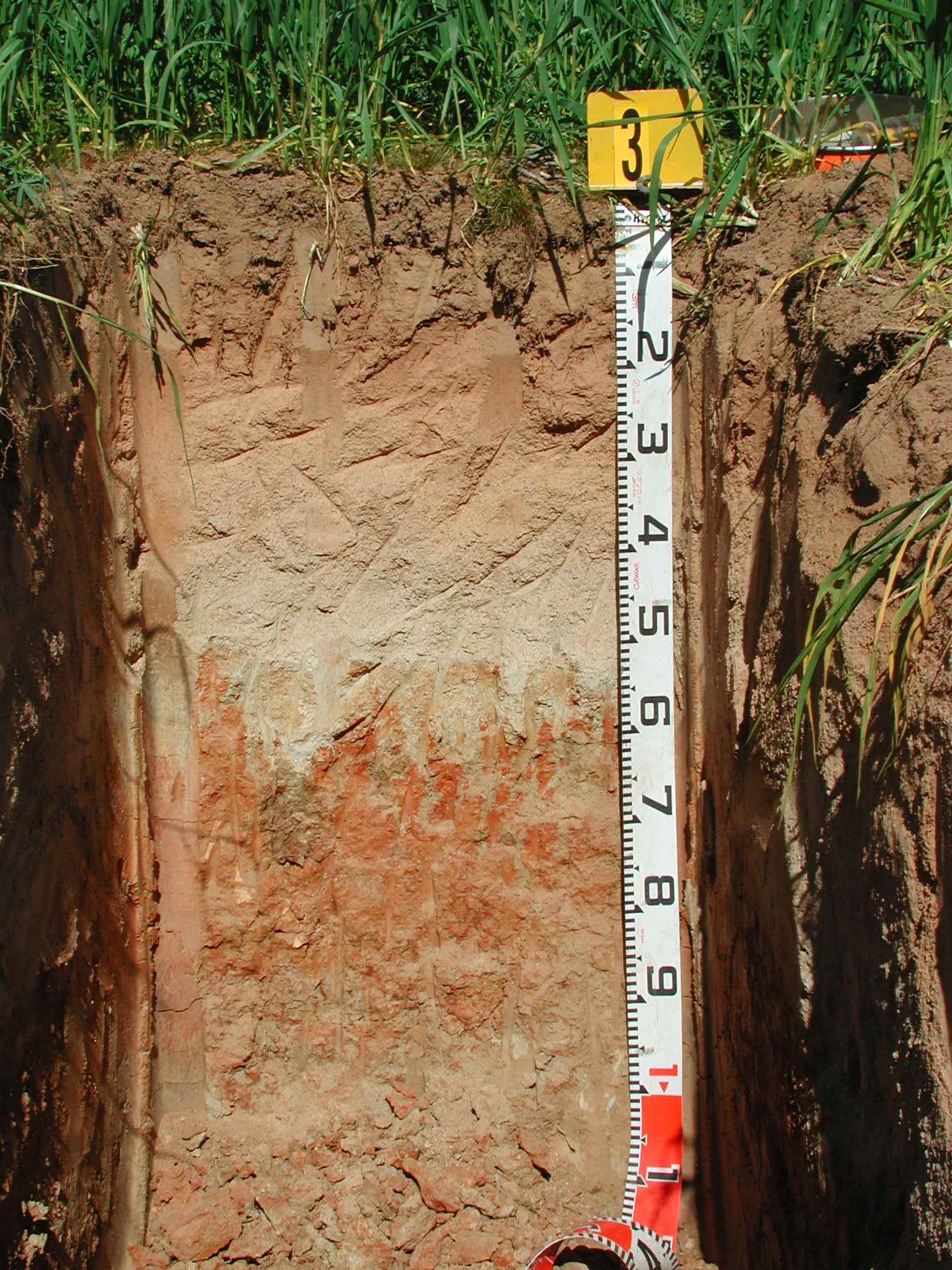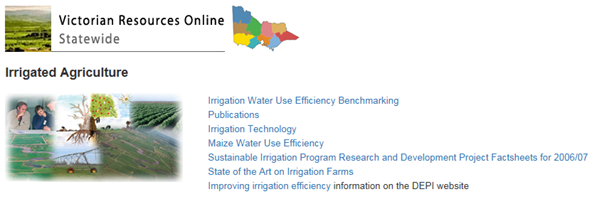Knowing your soil types is an important first step when considering the design and selection of your irrigation system. It will also help guide what crops can be grown and how often to irrigate.
Victorian Resources Online provides great information about soils across the state. Detailed soil maps can be found for areas including the Mallee, North Central, Goulburn Broken and West Gippsland.
In the Goulburn Murray Irrigation District (GMID) soils have been classified based on soil profile features such as texture, colour, depth and topographical position in the landscape. These soil types have then been categorised into 6 soil groups based on their suitability for irrigation and particular crops.
Group 1 soils are located in the highest parts of the landscape and are generally more undulating and better drained. Groups 1 and 2 are considered most suitable for horticulture crops, Groups 3 and 4 for pasture and shallow-rooting crops, Group 5 for summer fodder crops and annual pastures and Group 6, the lowest in the landscape, is not recommended for irrigation because it is usually prone to intermittent flooding and salinity.
However most soils can be developed for irrigated agriculture given suitable crops, irrigation technology and drainage.
Many of the soils in the GMID are duplex, meaning they have a heavy clay sub-soil. This makes them well suited to surface irrigation systems (such as border-check), however good surface drainage is essential.
Most soils can be successfully irrigated with centre pivot and lateral move irrigators, however on clay soils wheel rutting can be a problem. Matching system application rate to soil water infiltration rate is also important, or runoff will occur in undulating areas.
Group 1 soils are better suited to pressurised irrigation systems (centre pivot, lateral move, drip or micro jet) because large amounts of deep drainage below the plant root zone can occur with flood irrigation systems on these soils.
Be sure to have the discussion with your irrigation designer when planning your farm layout and irrigation system.
As always, highly productive irrigation systems need careful and ongoing planning from the ground up, taking into account the soil, water available and being matched to the ‘right’ technology.
Content sources and further information
Get you farm soil maps in Google Earth
Whole Farm Plan Incentives – North Central
Whole Farm Plan Incentives – Goulburn Broken
Soils Community of Practice email – March 2018
To sign up to the monthly Soils Community of Practice emails click here


